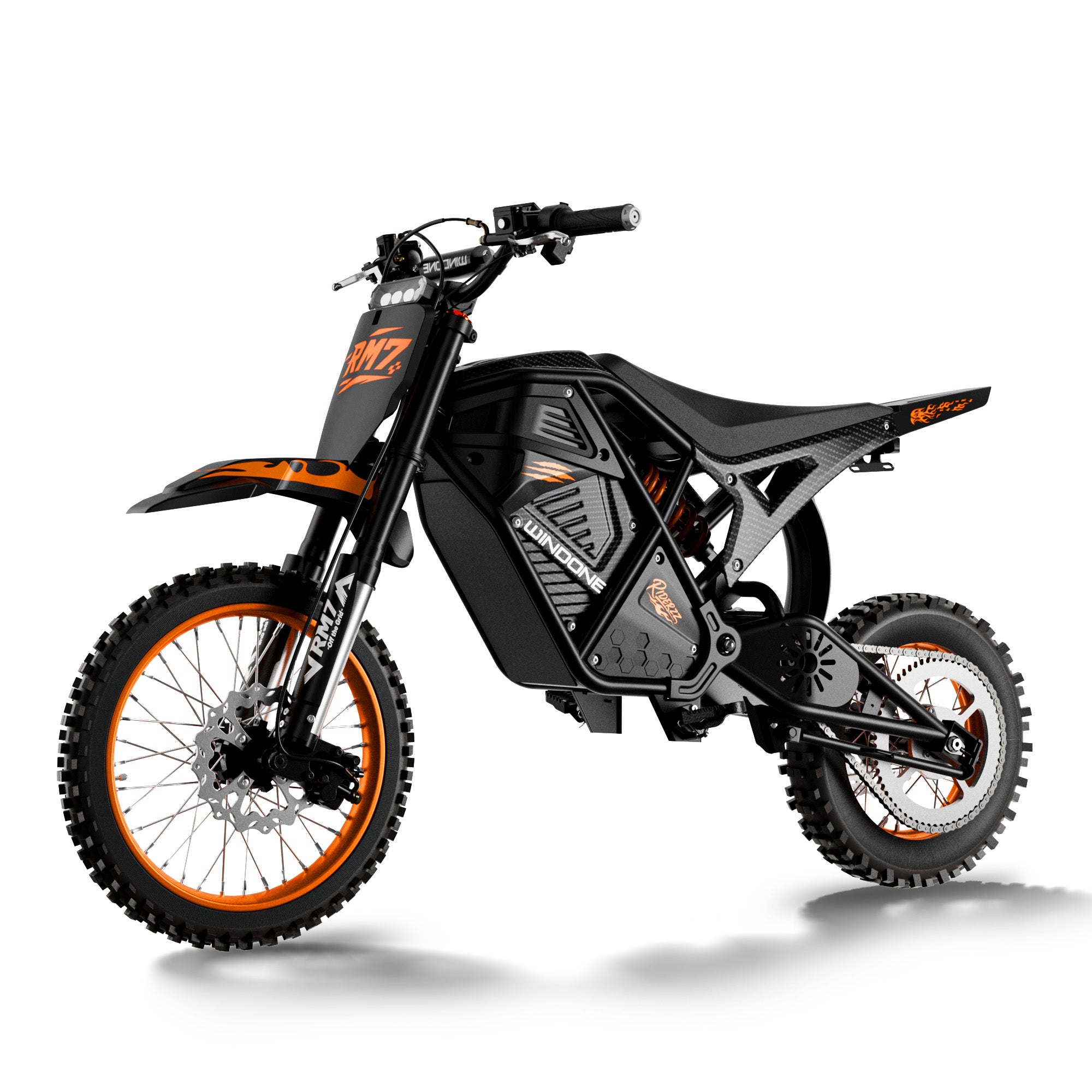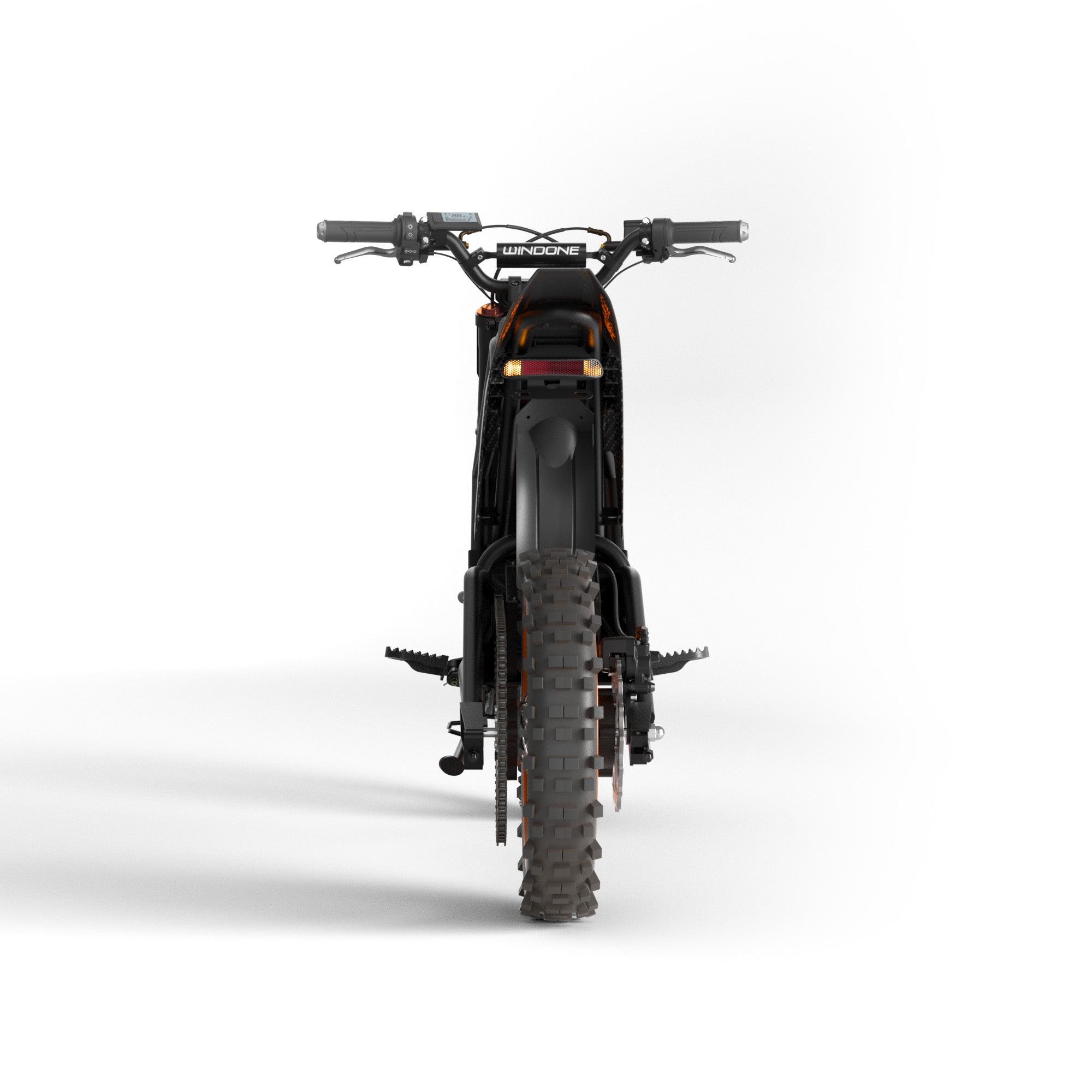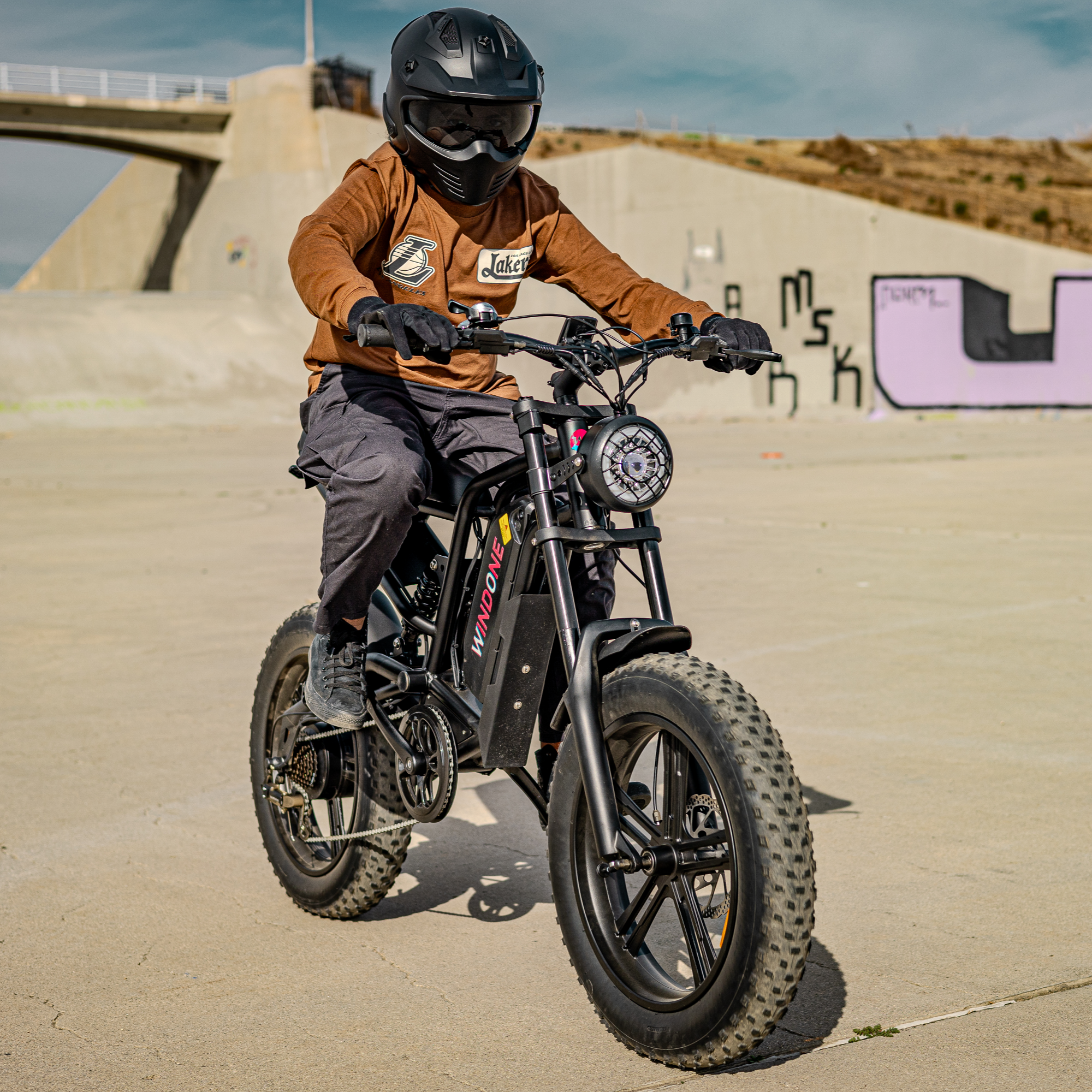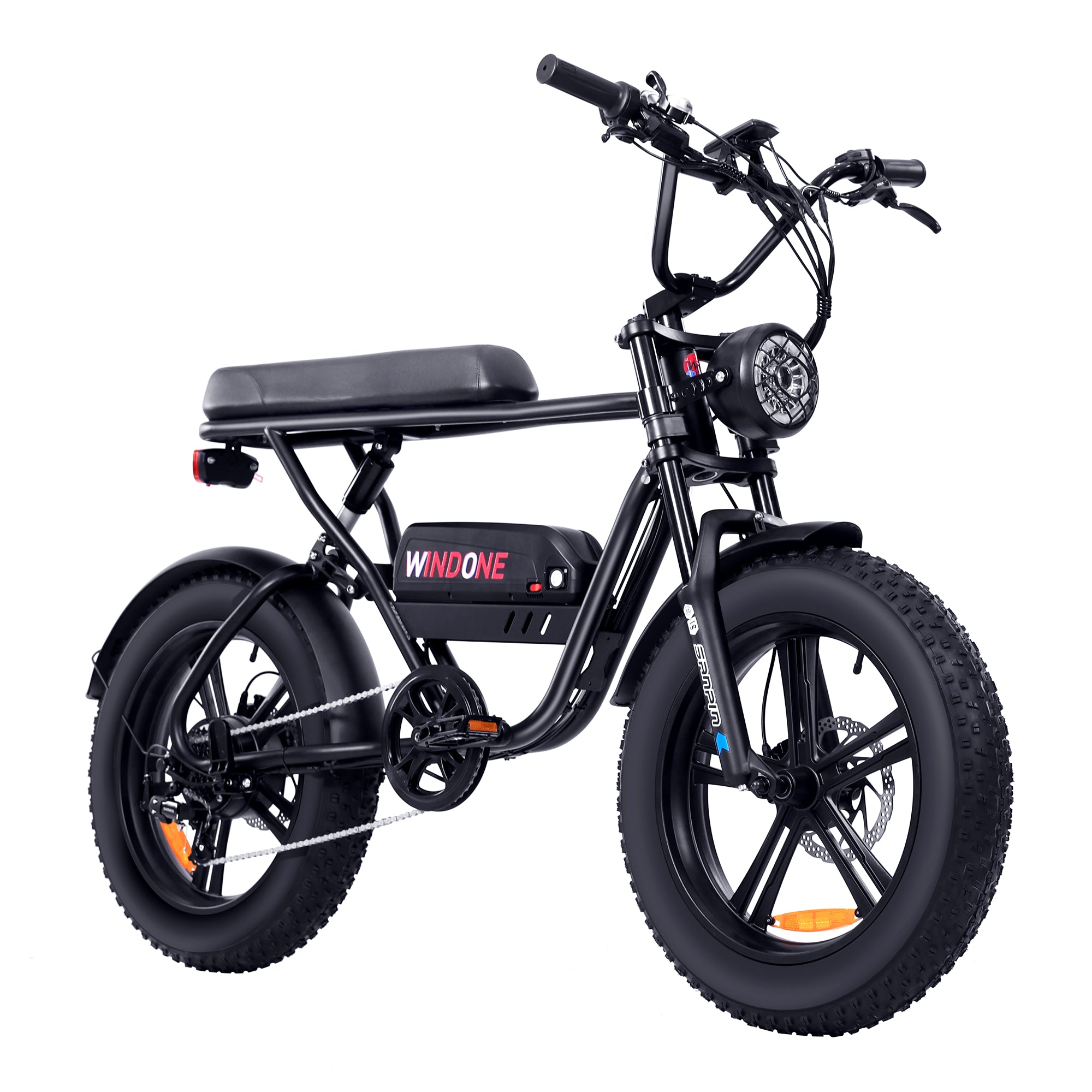When considering the choice of an ebike vs. regular bike, there are significant differences to keep in mind. An ebike is equipped with a motor and battery that assist your pedaling efforts. For instance, most ebike batteries hold around 400 watt-hours of energy, and their motors typically range from 250 to 500 watts or even higher. These features make riding an ebike easier and allow you to travel greater distances. In contrast, a regular bike relies solely on your pedaling power. Understanding the distinctions between an ebike vs. regular bike can help you determine which option best suits your needs.
Takeaways
-
E-bikes have motors and batteries to help you pedal. This makes long rides and hills easier.
-
Regular bikes are lighter and simpler. They give a good workout and cost less to maintain.
-
E-bikes are great for commuting. They can go 20 to 50 miles on one charge, which is very handy.
-
Think about what you need: pick a regular bike for exercise and saving money, or an e-bike for comfort and ease.
Appearance and Mechanics

How Ebikes and Regular Bikes Look Different
E-bikes look bigger than regular bikes. This is because they have extra parts like a motor and battery. These parts can be built into the frame or attached outside. This gives e-bikes a modern and high-tech look. Regular bikes, however, are simpler and more classic in design. They don’t have extra equipment, so they look lighter and more traditional. If you like simple designs, a regular bike might be your choice. But if you enjoy a futuristic style, an e-bike might suit you better.
Special Features of Electric Bikes
E-bikes have cool features that make them stand out:
-
Frame Materials: E-bike frames are often made of aluminum or carbon fiber. These materials are strong and lightweight. Steel or titanium is used for special purposes.
-
Battery Design: Some e-bikes hide the battery in the frame for a smooth look. Others have removable batteries for easy charging.
-
Motor Placement: Hub motors give smooth rides, while mid-drive motors are great for hills. Torque helps the bike handle steep paths.
-
Wiring System: The motor controller
-
manages power and connects all parts efficiently.
These features make e-bikes great for commuting or outdoor adventures.
Weight and Frame Differences Between Regular Bikes and E-bikes
E-bikes weigh more than regular bikes because of their motor and battery. For example, city e-bikes weigh 40 to 50 lbs (18 to 23 kg). Electric mountain bikes can weigh up to 70 lbs (32 kg). Regular bikes are much lighter, so they’re easier to carry or lift.
|
Type of E-Bike |
Weight Range (lbs) |
Weight Range (kg) |
|---|---|---|
|
Urban E-bikes |
40 to 50 |
18 to 23 |
|
Electric Mountain Bikes (E-MTBs) |
50 to 70 |
23 to 32 |
|
Folding E-bikes |
38 to 50 |
17 to 23 |
|
Cargo E-bikes |
60 to 80 |
27 to 36 |
|
Road E-bikes |
30 to 50 |
14 to 23 |
E-bike frames are thicker and stronger to hold the extra weight. Some have step-through frames for easy use or cargo frames for heavy loads. Regular bikes are lighter and simpler, making them faster and easier to handle.
Riding Experience and Fitness
Pedal Power vs Electric Assistance
When you ride a regular bike, your legs do all the work. Each pedal push moves you forward, and pedaling harder makes you go faster. You control how much effort you use and how fast you ride. But it can get tiring, especially on long trips or steep hills.
E-bikes are different because they help you pedal. The motor turns on to assist when you push the pedals. You still need to pedal, but it feels easier. It’s like getting a little push, making hills and long rides less exhausting.
Studies show e-bikes, like electric mountain bikes (eMTBs), help riders go farther and climb steeper hills with less effort. While e-bikes make your heart work less than regular bikes, they still give you a good workout. This makes them great for staying active without overdoing it.
If you want a tough workout, a regular bike is better. But if you prefer an easier ride or need help on hard paths, an e-bike is a great choice.
Fitness Benefits of a Regular Bike
Riding a regular bike is a great way to stay healthy. It works your whole body, strengthens your legs, and improves your heart health. Plus, it’s a fun way to burn calories and keep your weight in check.
Here’s a quick look at the fitness benefits:
|
Health Benefit |
Supporting Evidence |
|---|---|
|
Better Heart Health |
|
|
Improved Coordination |
|
|
Boosts Mental Health |
|
|
Helps Manage Weight |
If you want to get stronger and stay fit, a regular bike is a great pick. It challenges your body, keeps you moving, and is a fun, eco-friendly way to travel.
Accessibility and Comfort on an Ebike
E-bikes are made to be easy and comfortable to use. They’re great for people who find regular bikes too hard, like older adults or those with health issues. Features like step-through frames and adjustable pedal help make riding simple for everyone.
Here’s what surveys say about e-bike comfort and ease of use:
|
Finding |
Description |
|---|---|
|
E-bike as transport |
E-bikes are seen as a good option instead of public transport, especially after the pandemic. |
|
Cost vs. Comfort |
Some think e-bikes cost too much but agree they are very comfortable. |
|
Gender differences |
Women focus more on health concerns than men when choosing e-bikes. |
|
Infrastructure concerns |
Riders worry about roads and paths affecting how comfortable e-bikes feel. |
E-bikes also make commuting more fun. You can ride farther without getting too tired, which is great for daily trips or relaxing rides. Whether you’re riding in the city or on trails, an e-bike gives you a smooth and comfy experience.
Speed and Efficiency

Comparing Speed: Ebikes vs Regular Bikes
Ebikes are faster than regular bikes. With motor help, they can go up to 20 mph or even 28 mph for some models. Regular bikes depend only on your pedaling. Skilled riders can reach similar speeds, but it takes much more effort.
Ebikes keep a steady speed easily, especially on flat roads or small hills. This makes them great for quick trips or daily errands. Regular bikes let you control your speed completely. If you like challenging yourself or prefer slow, calm rides, a regular bike might be better for you.
Riding Far with an Electric Bike
Electric bikes are great for long rides. The motor and battery make pedaling easier, so you can travel farther without getting tired. Many ebikes can go 20 to 50 miles on one charge, depending on the model and terrain.
Think about climbing a steep hill or riding a long trail. An ebike feels like having extra help. This makes them perfect for exploring new places or commuting longer distances. Regular bikes are good for exercise but can be tough for long rides, especially if you're not used to cycling for hours.
Energy Use and Environmental Impact
Both ebikes and regular bikes are good for the planet, but they affect the environment differently. Regular bikes don’t produce emissions, making them the greenest choice. Ebikes are slightly less efficient but still much cleaner than cars.
Here’s a simple comparison:
|
Vehicle Type |
CO2e/km |
Lifetime Distance |
|---|---|---|
|
Regular Bike |
19,200km |
|
|
Ebike |
21-25g |
N/A |
Switching from a car to an ebike can save about 249g of CO2 per km. Ebikes could cut England’s CO2 emissions by up to 50%, or 30 million tons yearly. Plus, 65% of ebike trips replace car rides, lowering pollution even more.
Both options are eco-friendly, but ebikes stand out for reducing carbon footprints while offering a comfy ride.
Maintenance and Repairs
Basic Care for a Regular Bike
Taking care of a regular bike is easy and important. Regular maintenance helps it work well and keeps you safe. Here are some simple tasks to remember:
-
Brake Pads: Check often to make sure they stop the bike well.
-
Chain and Sprocket Care: Add oil to the chain every 300-500 miles to avoid rust.
-
Tire Maintenance: Watch tire pressure and tread to prevent flats or slipping.
-
Cleaning: Wipe your bike to protect its paint and keep it shiny.
You don’t need expensive tools for these tasks. A basic repair kit and a little effort will keep your bike in great shape.
Special Care for an Ebike
Ebike maintenance is a bit more detailed because of its extra parts. While it shares tasks with regular bikes, the motor and battery need extra care. Here’s what to focus on:
-
Battery Care: Charge it properly and don’t let it fully drain. This helps it last longer.
-
Motor Check: Keep the motor clean and free from dirt. Strange noises mean it needs checking.
-
Wiring System: Look for loose or broken wires that might affect performance.
-
Software Updates: Some ebikes need software updates to work their best.
Taking care of these parts keeps your ebike running smoothly for years.
Repair Costs: Ebike vs Regular Bike
Fixing costs depend on whether you have an ebike or a regular bike. Regular bike repairs are usually cheap. Fixing a flat tire or replacing a chain doesn’t cost much.
Ebike repairs can cost more. While basic fixes are similar, the motor and battery add extra expenses. Yearly ebike maintenance usually costs $100 to $300. That’s still cheaper than car upkeep, which can be over $500 a year.
Tip: Fix small problems early to save money later. Regular care avoids big, costly repairs.
No matter which bike you choose, regular maintenance ensures a smooth and fun ride.
Cost and Budget Considerations
Initial Costs of an Ebike vs Regular Bike
Ebikes cost more than regular bikes because of their motor and battery. Most ebikes cost about $2,600, but wholesale ones can be around $2,000. Regular bikes are cheaper. A mountain bike from a wholesale store costs about $620, while a specialty store sells regular bikes for $753. Discount stores offer regular bikes for as low as $89.
|
Type of Bicycle |
Average Cost (USD) |
|---|---|
|
E-bike (average) |
2,600 |
|
E-bike (wholesale) |
2,000 |
|
Mountain bike (wholesale) |
620 |
|
Conventional bike (specialty store) |
753 |
|
Conventional bike (discount store) |
89 |

If you want to spend less, a regular bike is a good choice. But think about future costs before deciding.
Long-Term Expenses: Charging, Maintenance, and Repairs
Regular bikes cost less upfront, but ebikes might save money later. Ebike batteries cost $20 to $30 per year to charge, which is much cheaper than car fuel. However, ebike repairs can be pricey. For example, replacing a battery every 3 to 5 years costs $400 to $800. Other parts like tires, brakes, and drivetrain need care too, costing $30 to $200 depending on the part.
|
Expense Type |
E-Bike Cost Range |
Regular Bike Cost Range |
|---|---|---|
|
Charging Cost |
$20 - $30 per year |
N/A |
|
Tire Replacement |
$30 - $80 per tire |
$20 - $50 per tire |
|
Brake Replacement |
$50 - $150 |
$20 - $50 |
|
Drivetrain Maintenance |
$50 - $200 |
$30 - $100 |
|
General Tune-Up |
$75 - $200 |
$50 - $100 |
|
Battery Replacement |
$400 - $800 (every 3-5 years) |
N/A |
|
Insurance |
$100 - $300 per year |
N/A |
Regular bikes have fewer parts that need special care, so fixing them costs less. If you like fixing things yourself, regular bikes are easier to handle. Ebikes cost more to maintain but offer convenience and efficiency.
Value for Money: Which Bike is a Better Investment?
Choosing between an ebike and a regular bike depends on how you’ll use it. Regular bikes are great for exercise or short trips. They’re affordable, simple, and don’t need charging or special repairs. This keeps costs low.
Ebikes are better for long rides or hilly areas. They cost more upfront but save money by replacing car trips. You’ll spend less on gas, parking, and public transport. The motor makes riding easier and helps with tough paths. If you want less effort and longer rides, an ebike is worth it.
Here’s a quick guide:
-
Pick a regular bike if: You want to save money, enjoy exercise, and don’t mind extra effort.
-
Pick an ebike if: You want an easy ride, help with hills, and don’t mind spending more at first.
Both bikes are great choices. It depends on your needs and how you’ll use them.
Rules and Regulations
Legal Rules for Riding an Electric Bike
Knowing the rules for riding an ebike is important. In the U.S., ebikes are bikes with motors that help up to 20 mph. Their power must be 750 watts or less. States may have different rules, so check local laws.
For example, the National Park Service (NPS) says you can’t use the throttle on a Class 2 ebike for long periods without pedaling. Also, ebikes aren’t called "motor vehicles" under 36 CFR 1.4. This means they don’t follow motor vehicle rules. Here’s a summary of key rules:
|
Rule Description |
|
|---|---|
|
Throttle use on Class 2 e-bikes is limited for long periods. |
|
|
Ebikes aren’t considered motor vehicles under 36 CFR 1.4. |
|
|
Definitions and rules for ebikes are set by Secretary of the Interior Order 3376. |
|
Following these rules helps you ride safely and legally.
Places You Can Ride: Ebike vs Regular Bike
Where you can ride depends on local rules. Ebikes are allowed on roads and trails where non-motorized bikes are permitted. But there are limits. For example, ebikes can’t rely only on the motor for long rides. Rules also depend on the ebike class (Class 1, 2, or 3).
Here’s a quick look at common rules:
|
Regulation |
Description |
|---|---|
|
Allowed Use |
Ebikes can go on roads and trails where non-motorized bikes are allowed. |
|
Motor Usage |
Ebikes can’t use the motor alone for long rides. |
|
Class Definition |
Class 1, 2, and 3 ebikes have specific rules for use. |
Regular bikes have fewer limits. You can ride them almost anywhere, like bike lanes, parks, and trails. Always check local rules to avoid problems or fines.
Age and Licensing Rules for Ebikes
Age and licensing rules for ebikes differ by state. Most states don’t need a license, but age limits apply to powerful ebikes. For example, in California, riders must be 16 for Class 3 ebikes. In Alaska, the minimum age is 14. Helmet rules also vary, with many states requiring helmets for younger riders.
Here’s a quick look at state rules:
|
State |
Minimum Age |
Helmet Requirement for Minors |
|---|---|---|
|
Arizona |
16 |
Required for under 18 |
|
California |
16 (Class 1 & 2), 18 (Class 3) |
Required for under 18 |
|
Colorado |
16 (Class 3) |
Required for under 18 |
|
New York |
Varies |
Check local rules |
|
Alaska |
14 |
Not required |
|
Hawaii |
15 |
Required for under 16 |

These rules keep riders safe. Before buying an ebike, check your state’s age and helmet rules.
Safety
Safety Features of an Electric Bike
Electric bikes have features to help keep you safe. Many come with built-in lights to make you visible in the dark. Some even have brake lights that turn on when you slow down. Advanced e-bikes may include anti-lock brakes (ABS) to stop smoothly, even on slippery roads.
The motor assistance is another safety feature. It makes pedaling easier, helping you stay in control on hills or bumpy paths. But studies show e-bike riders face unique risks. For example, older or heavier riders might have accidents because of the bike's speed and weight. This shows why it’s important to know your e-bike and ride carefully.
Riding Safely at Higher Speeds on an Ebike
Riding fast on an e-bike can be exciting but needs caution. E-bikes can go up to 28 mph, so you must watch for obstacles early. Always keep both hands on the handlebars and stay a safe distance from others.
When going downhill or on busy roads, press the brakes gently to avoid sudden stops. If your e-bike has a mid-drive motor, it helps with balance and control at high speeds. Remember, speed is fun, but safety matters most.
Tip: Practice riding your e-bike in a quiet place first. This helps you get used to its speed and handling.
Protective Gear for Regular Bikes and E-bikes
Wearing the right gear keeps you safer on any bike. Helmets are a must for both regular and electric bikes. For e-bikes, choose helmets made for higher speeds for extra protection.
Other useful gear includes gloves for a better grip, reflective clothes to be seen, and sturdy shoes to keep your feet steady. If you ride at night, add lights and reflectors to your bike so others can see you.
Here’s a simple comparison of gear for both bikes:
|
Gear Type |
Regular Bike |
Electric Bike |
|---|---|---|
|
Helmet |
Standard |
High-speed |
|
Reflective Clothing |
Good Idea |
Very Important |
|
Gloves |
Optional |
Recommended |
|
Lights/Reflectors |
Must-Have |
Must-Have |
Having the right gear makes riding safer and more fun, no matter which bike you use.
Deciding between an ebike and a regular bike depends on what you need. Ebikes have motors that make riding easier. They help you climb hills and go farther without much effort. If you want a smooth ride or need extra help, an ebike is a good choice. Regular bikes are better for people who want exercise. They make you work harder, which burns calories and strengthens your heart.
Research shows ebikes let you stay active while traveling farther. But they cost more upfront and need more care. Regular bikes are cheaper, simpler, and easier to fix. This makes them great for people who want to save money.
Try riding both types before choosing. Notice how they feel in terms of effort, speed, and comfort. Testing them will help you decide which bike matches your needs and lifestyle.
FAQ
1. Can you ride an ebike without pedaling?
Not really. Most ebikes need you to pedal for motor help. Some, like Class 2 ebikes, have a throttle. This lets you ride without pedaling, but only for short trips.
2. How far can an ebike go on one charge?
Ebikes can travel 20 to 50 miles per charge. The distance depends on the battery, terrain, and motor use. Some expensive models can go even farther.
3. Are ebikes harder to take care of than regular bikes?
Yes, ebikes need more care for their motor and battery. Regular bikes are easier to maintain. But with good care, both can last a long time.
4. Do ebikes cost more to fix?
Yes, fixing ebikes costs more because of special parts like motors and batteries. Regular bikes are cheaper and simpler to repair. Fixing small problems early saves money.
5. Are ebikes safe for beginners?
Yes! Ebikes are great for beginners. The motor makes pedaling easier, and safety features like lights and anti-lock brakes help. Practice in a quiet spot to feel confident.









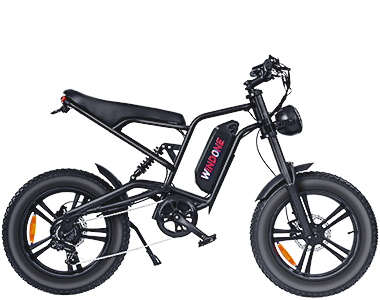
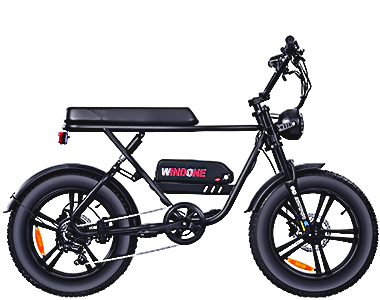
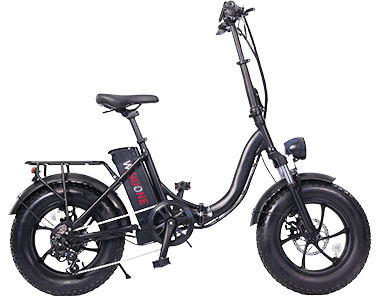
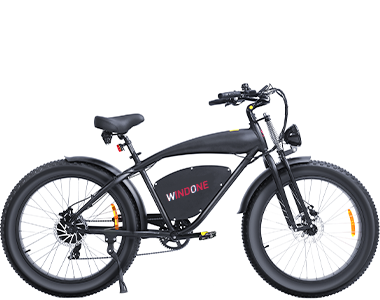
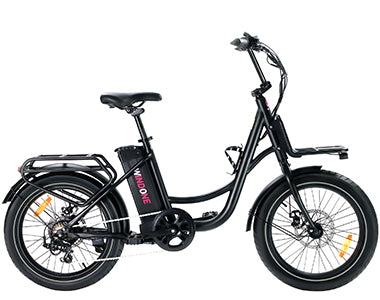
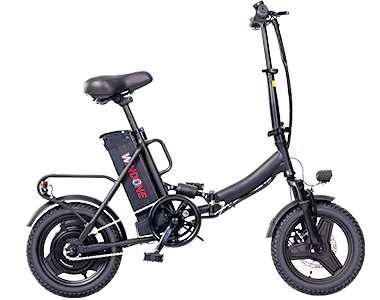


 Electric Inflator Pump
Electric Inflator Pump
 Ebike Locks
Ebike Locks
 Phone Holder
Phone Holder
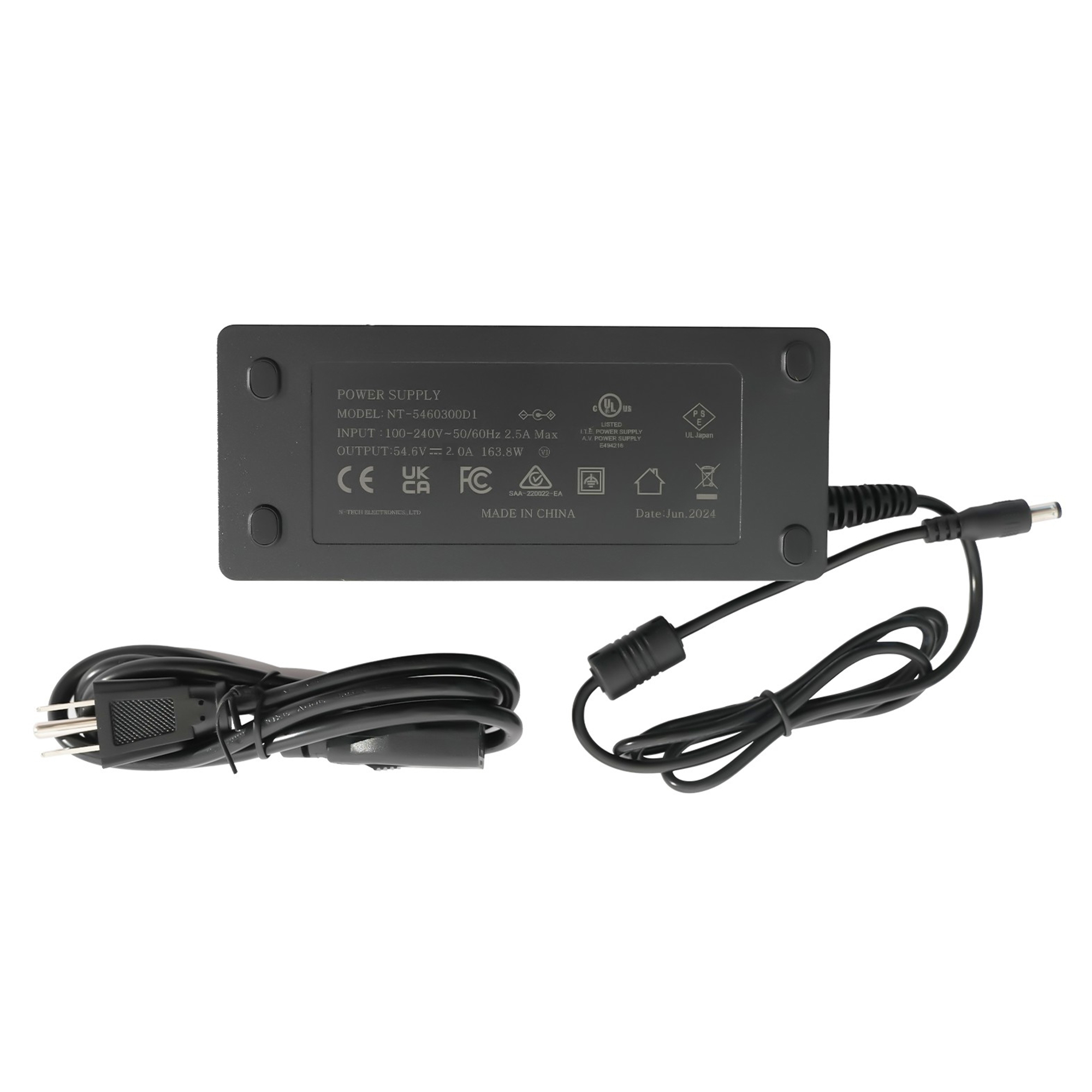
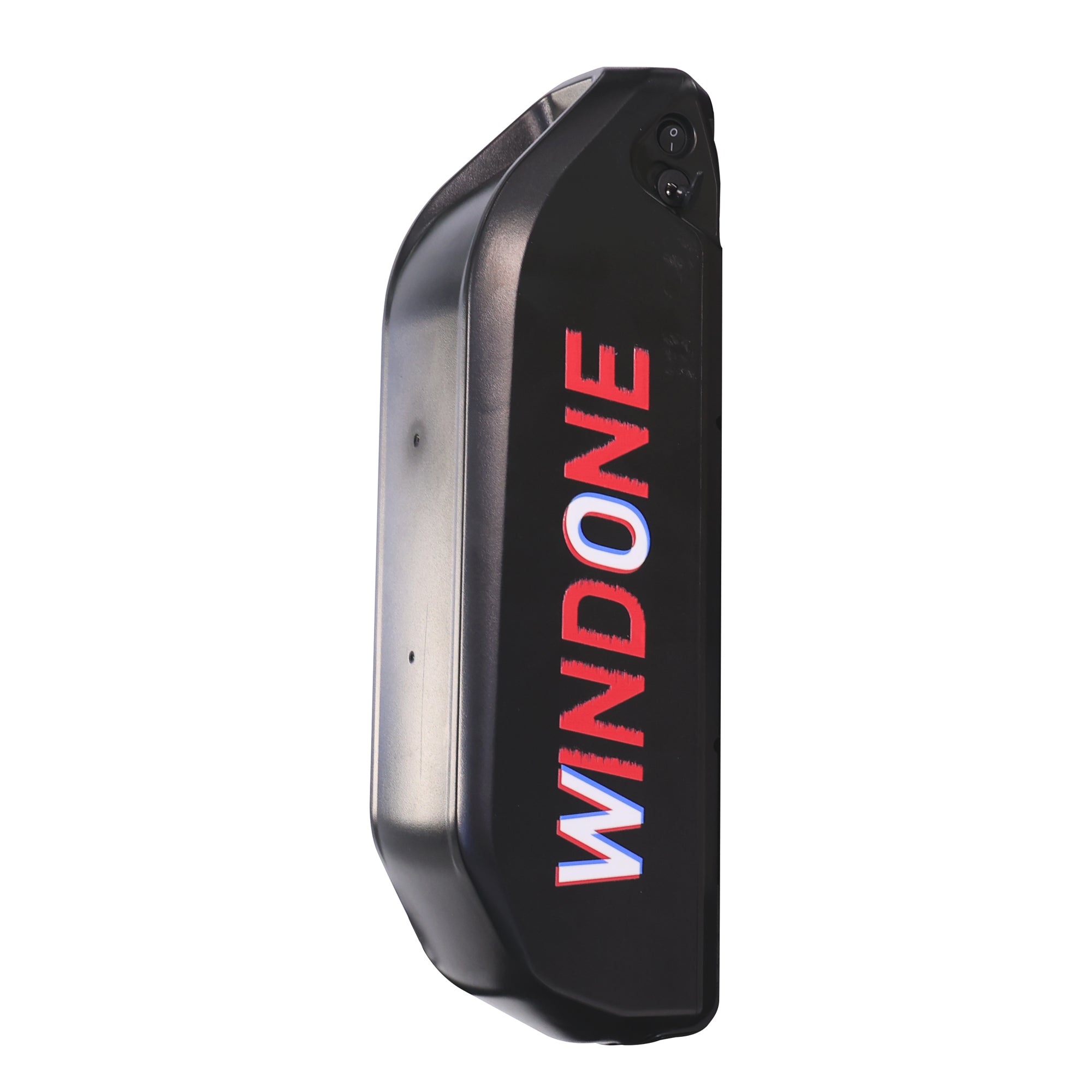
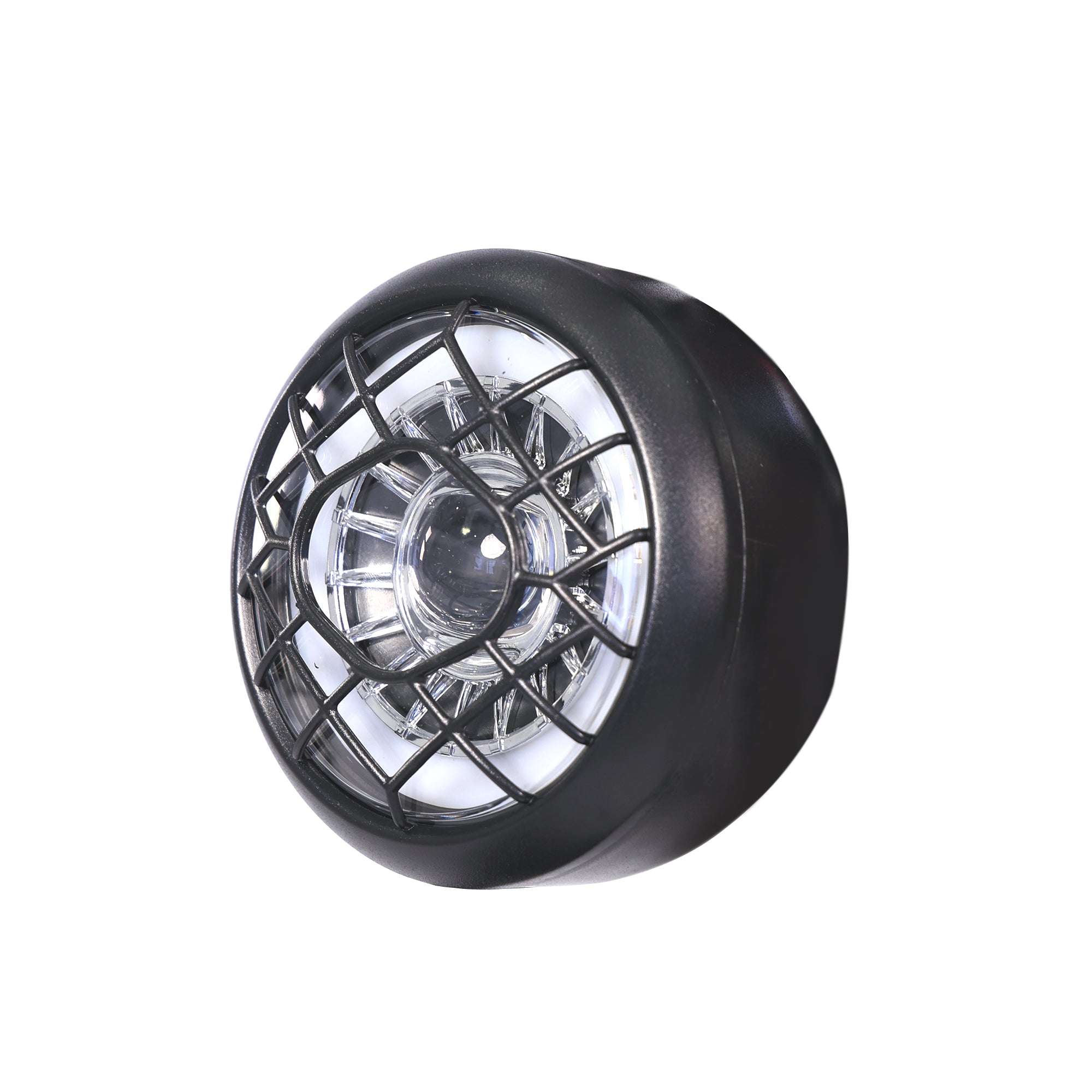
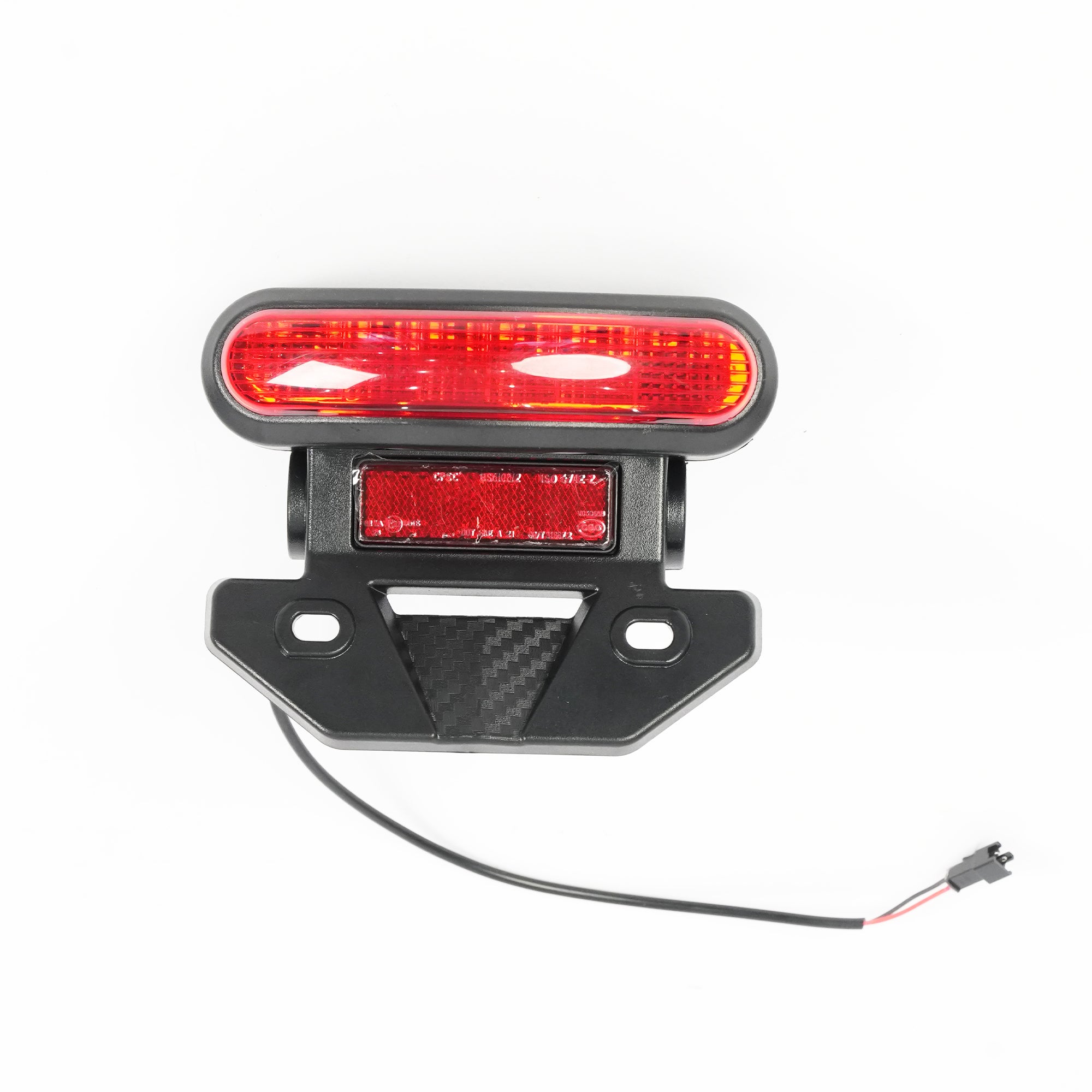
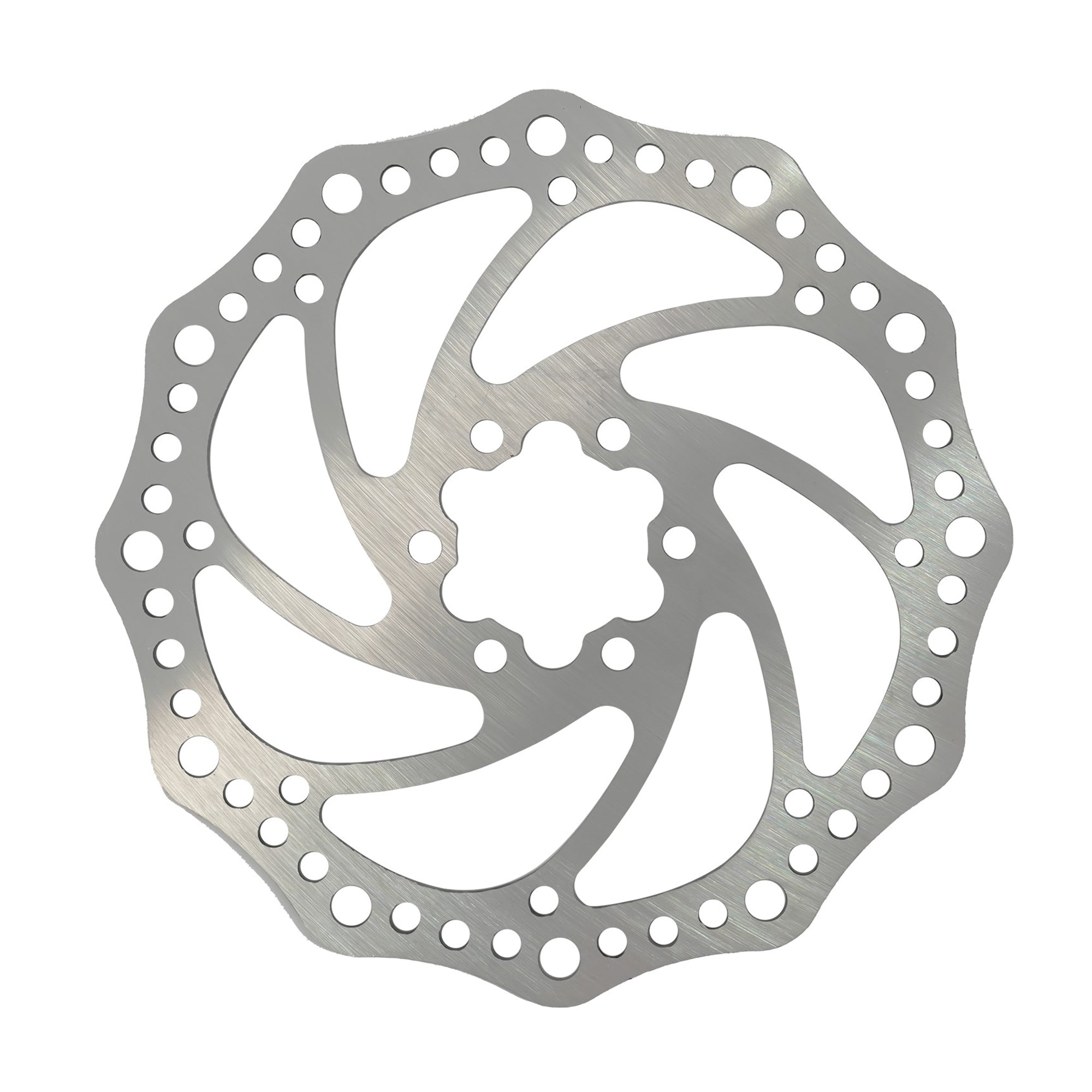
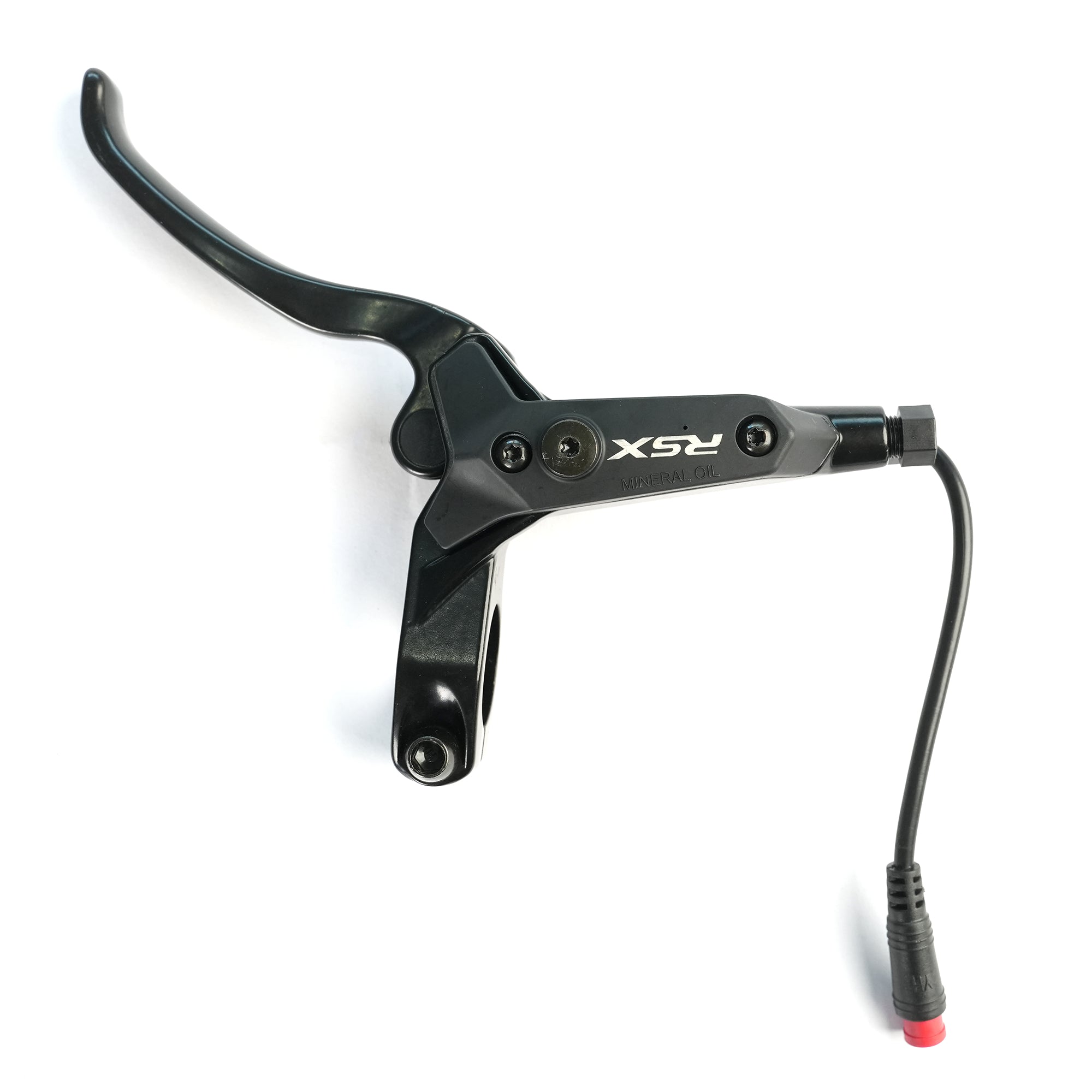
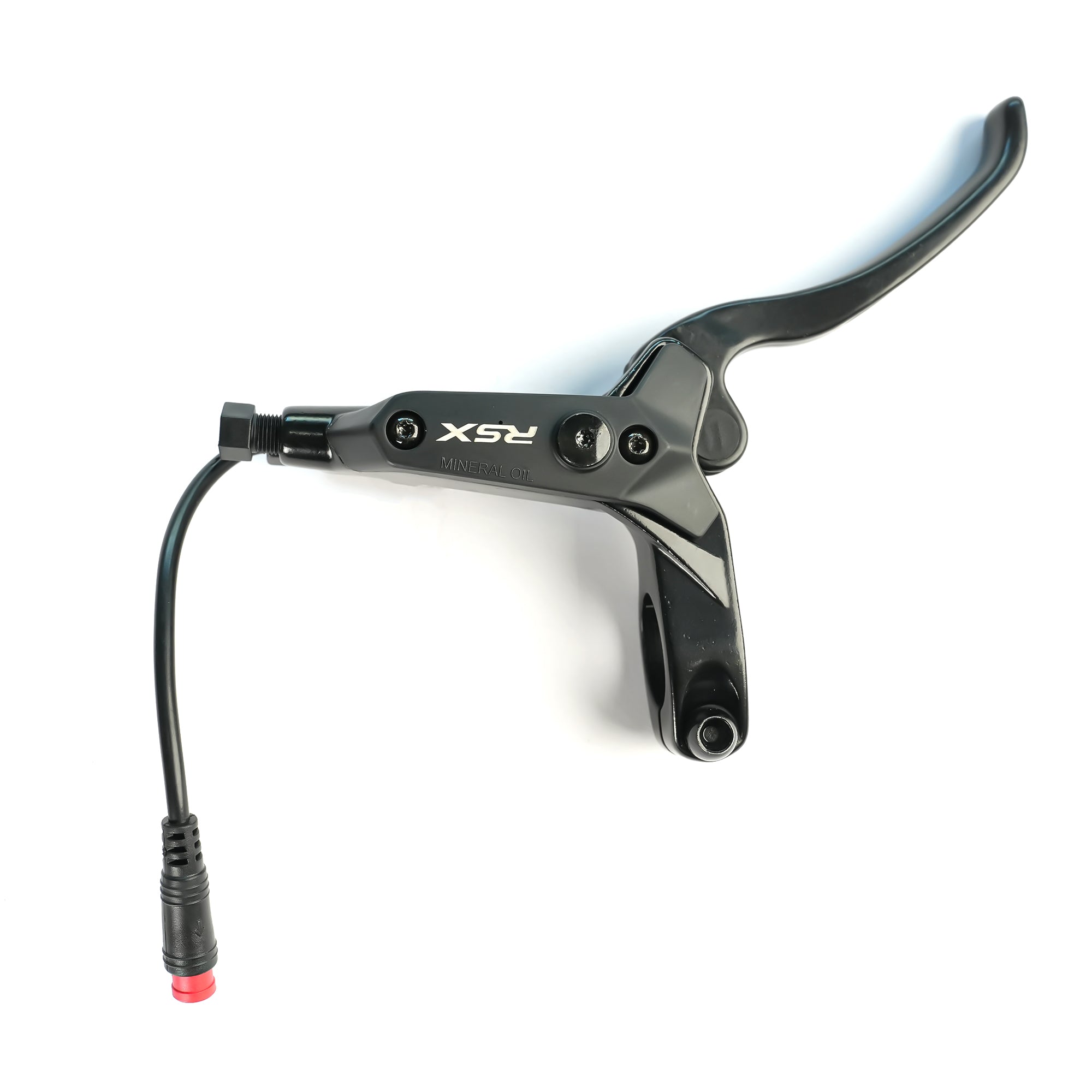
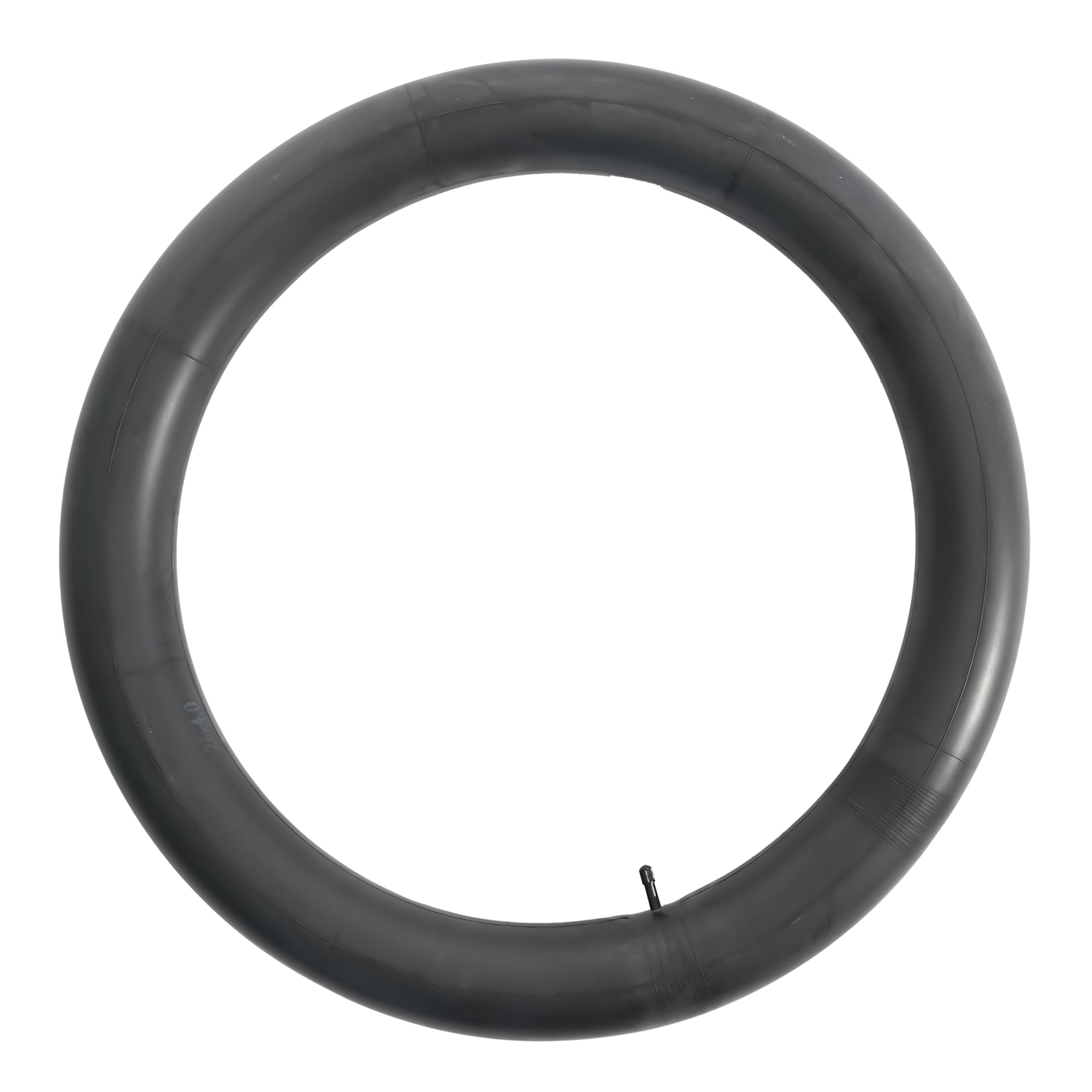
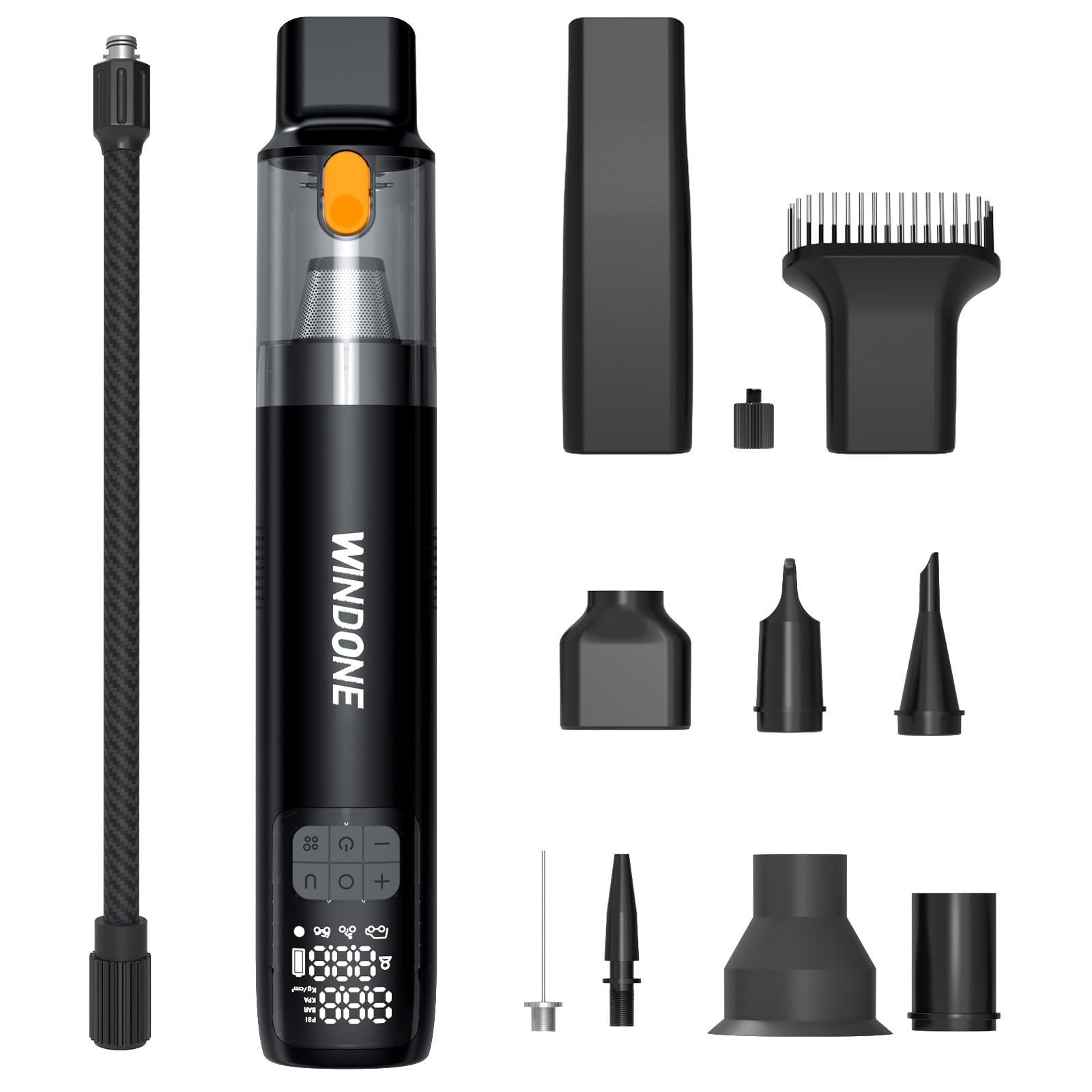
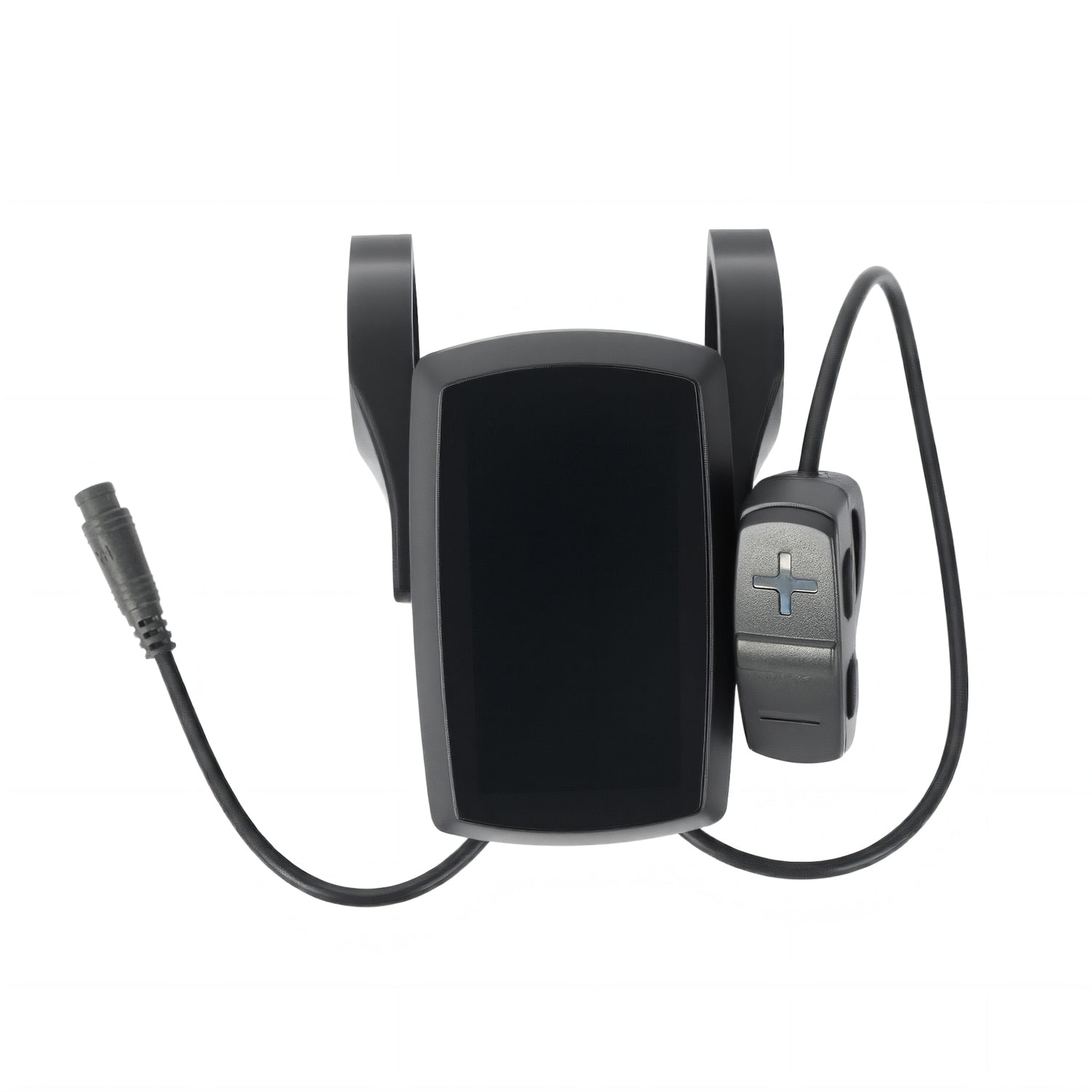
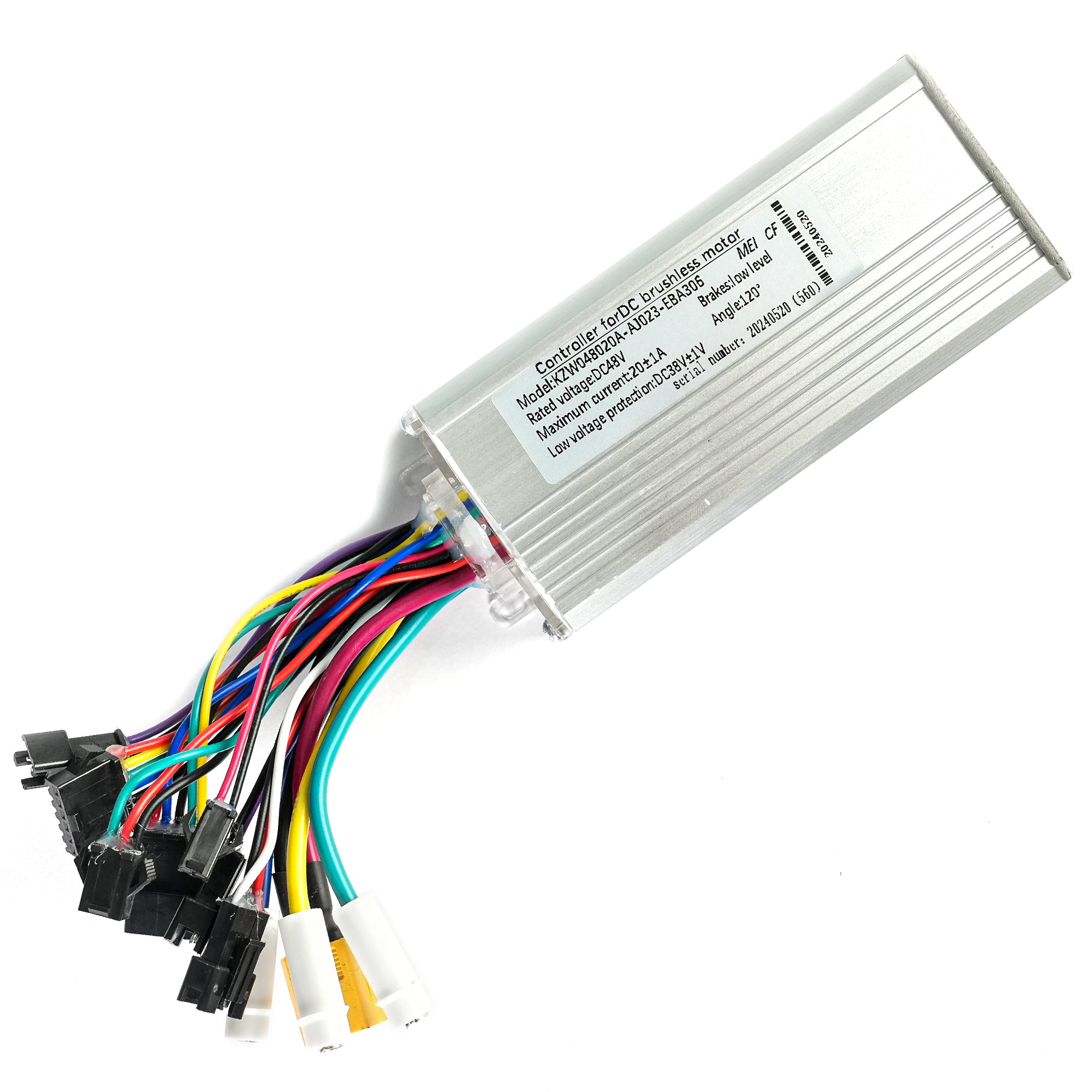
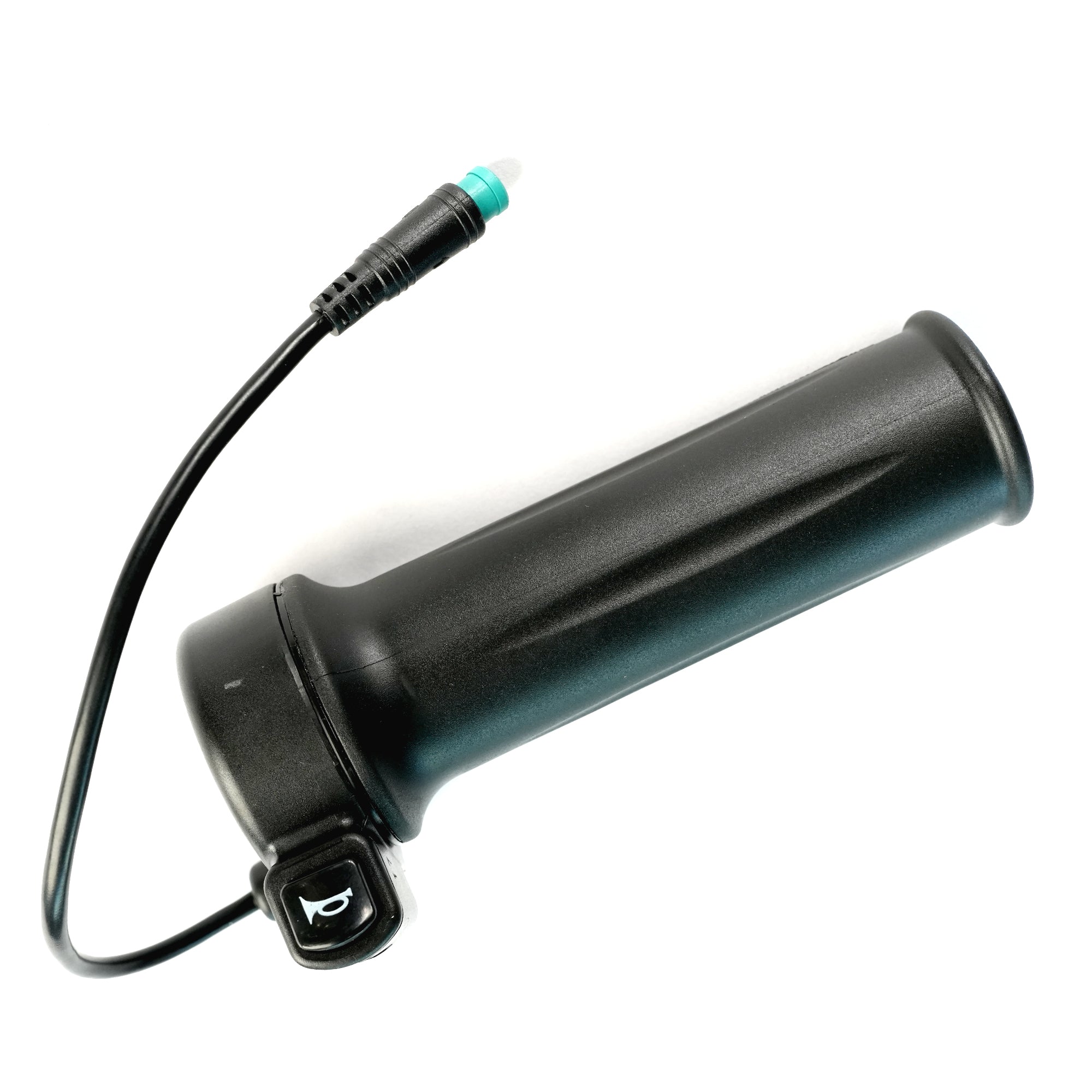
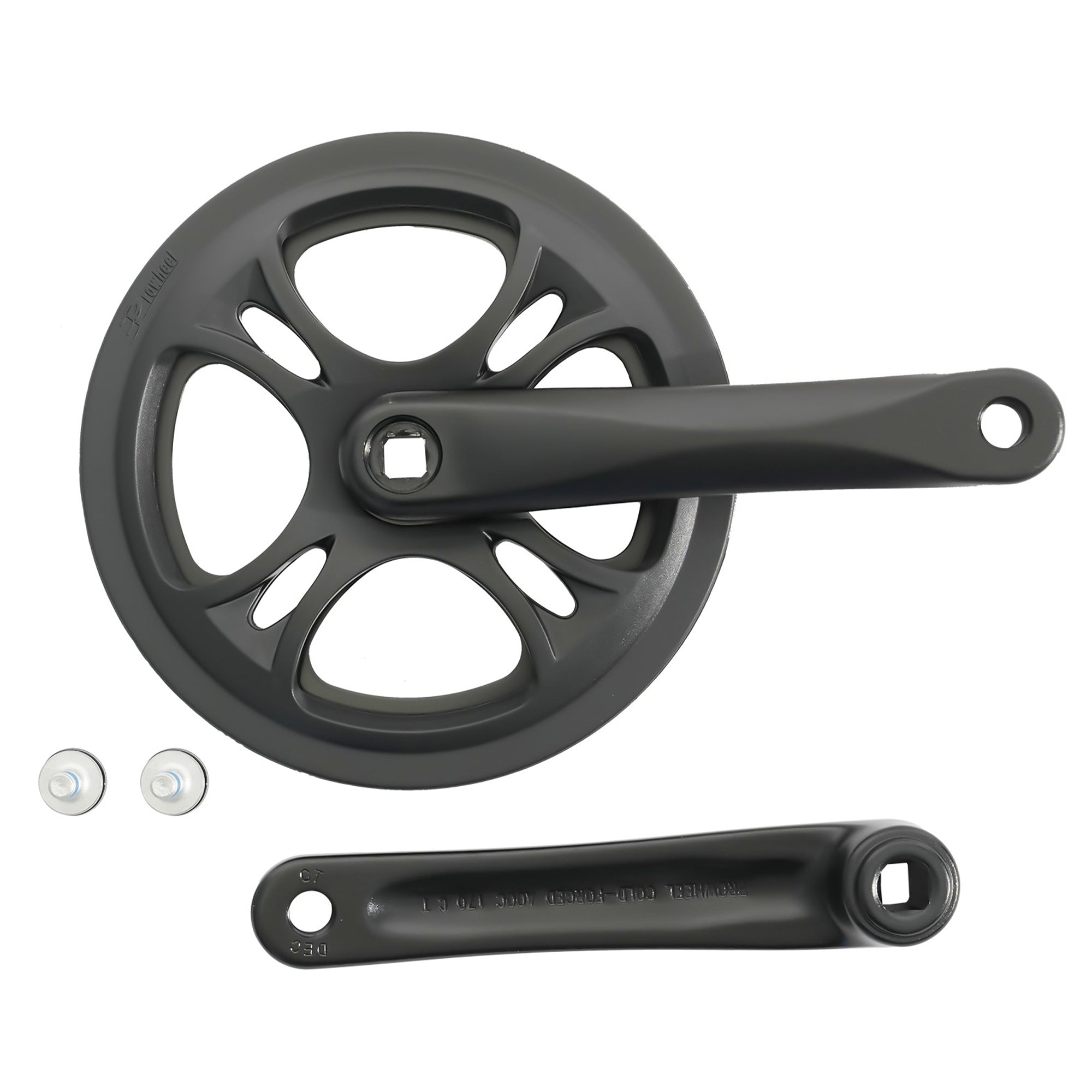
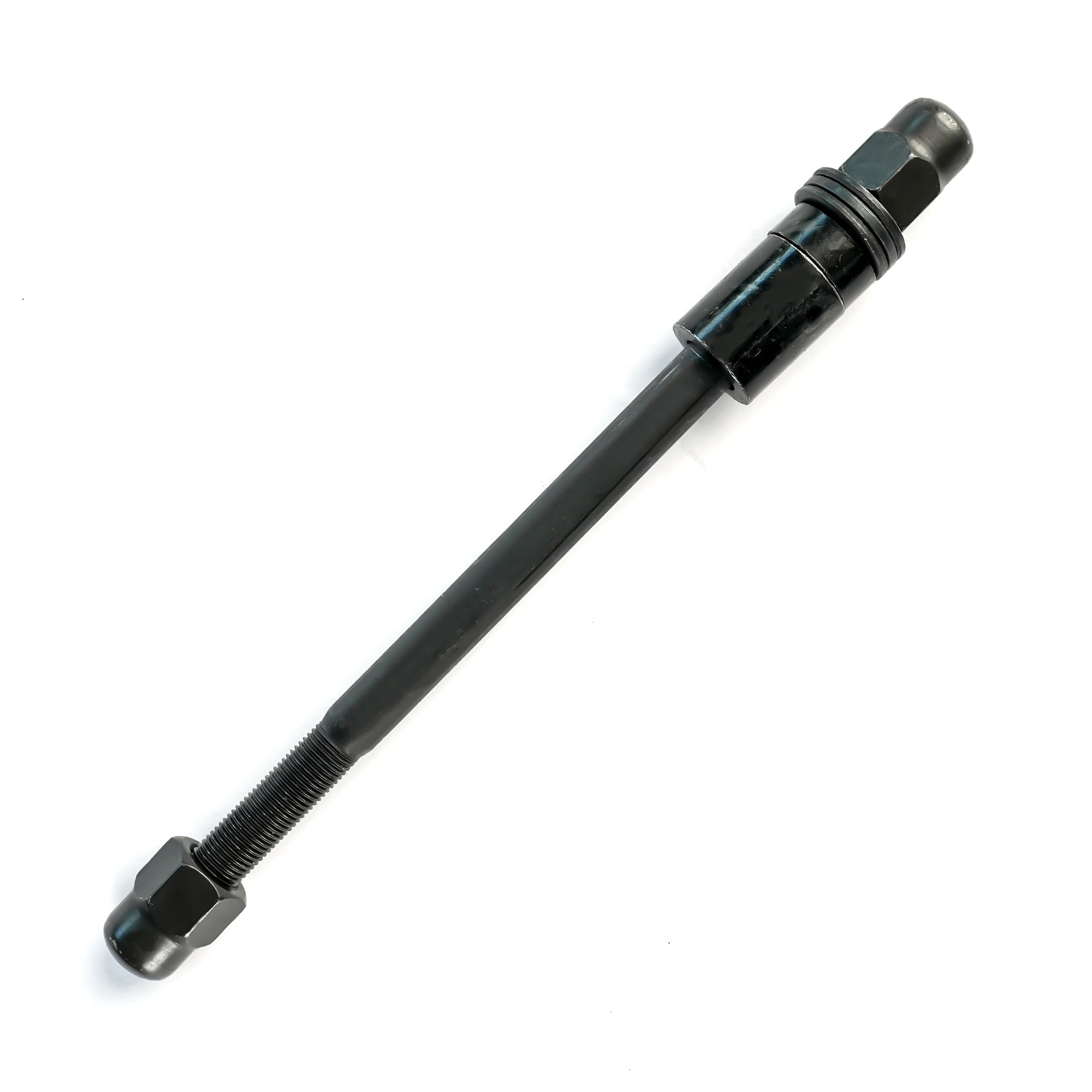
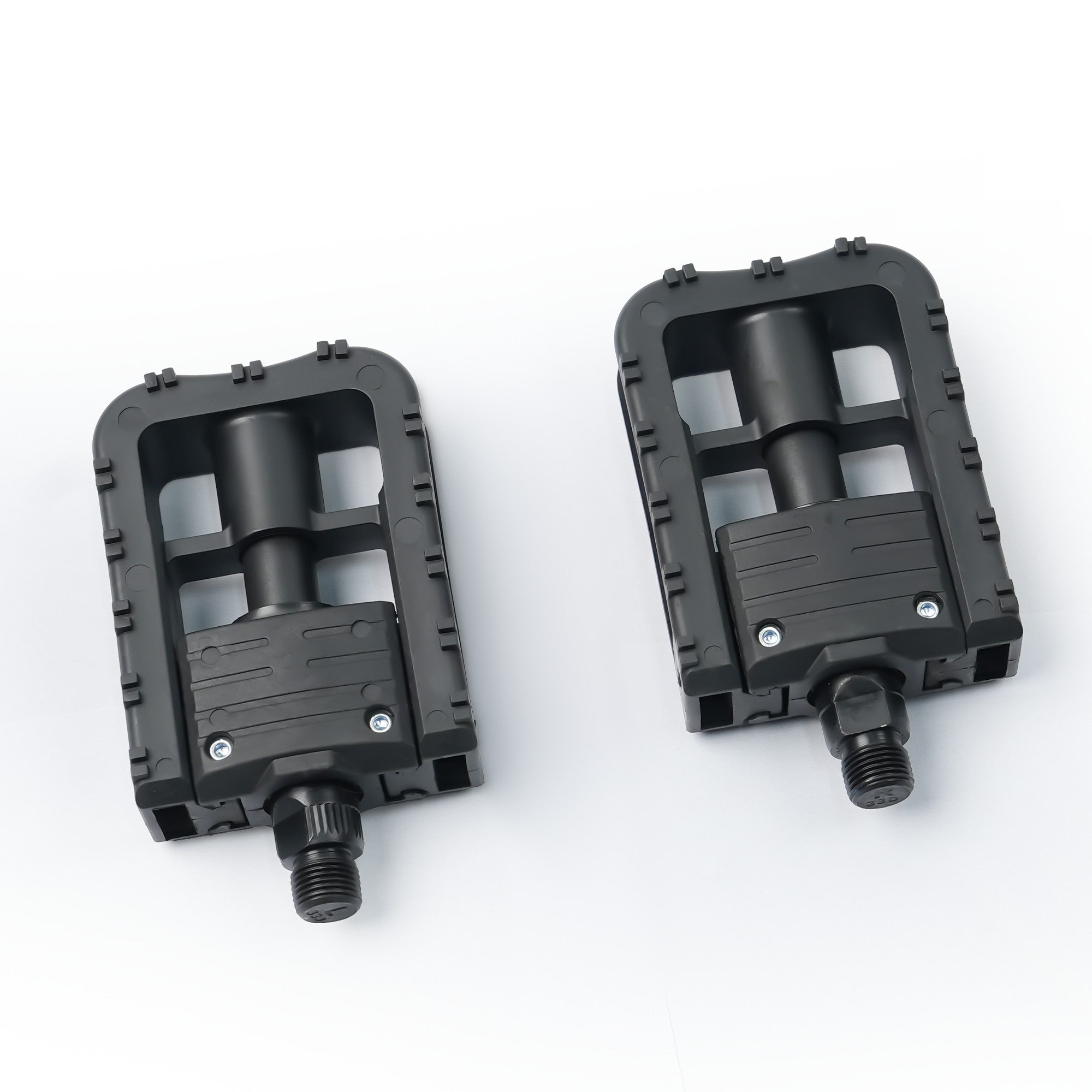
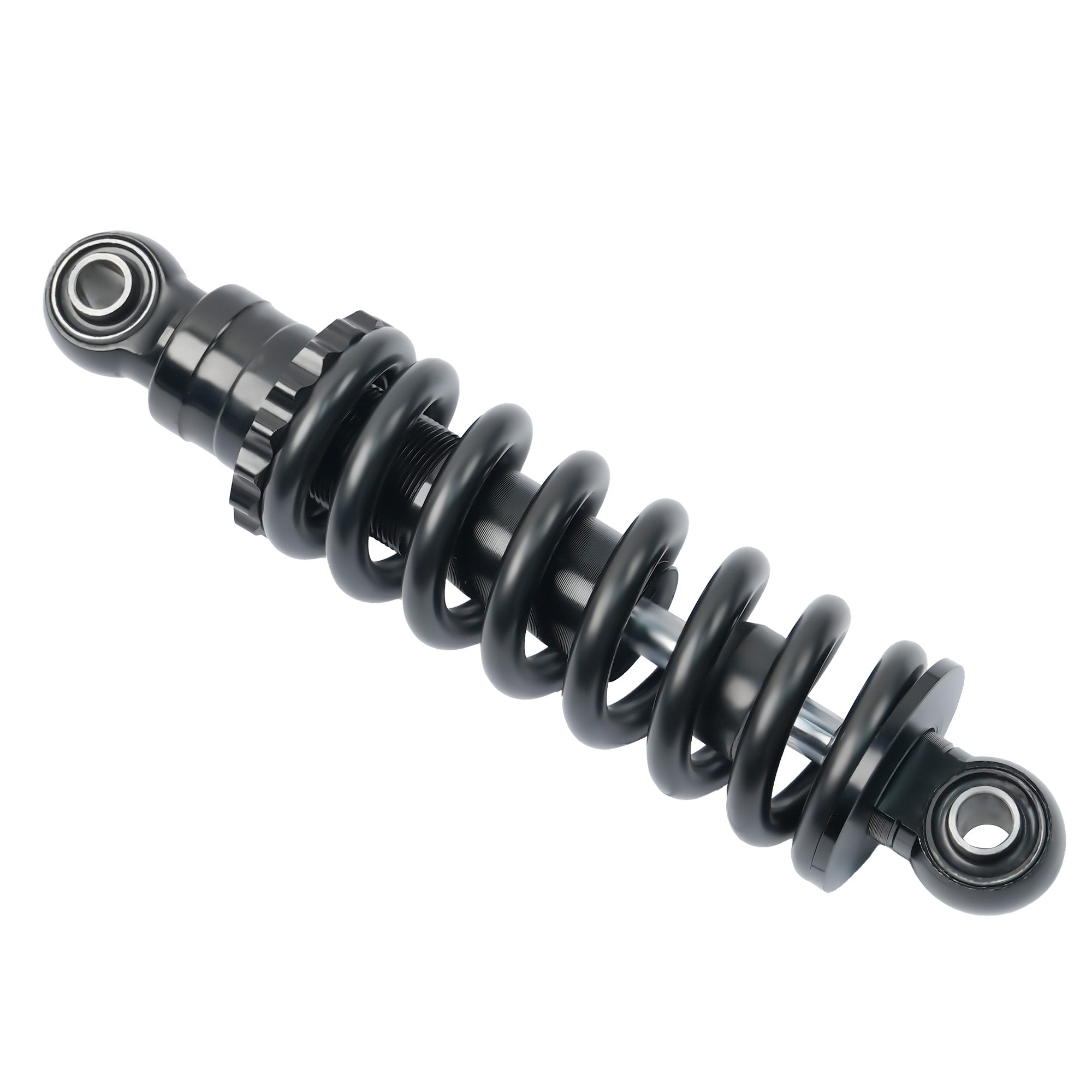
 Payment
Payment Afterpay Financing
Afterpay Financing Warranty
Warranty Shipping Policy
Shipping Policy Exclusive Discounts
Exclusive Discounts Track Your Order
Track Your Order Return & Refund
Return & Refund Referrals & Membership
Referrals & Membership User Manual
User Manual Contact Us
Contact Us FAQs
FAQs

